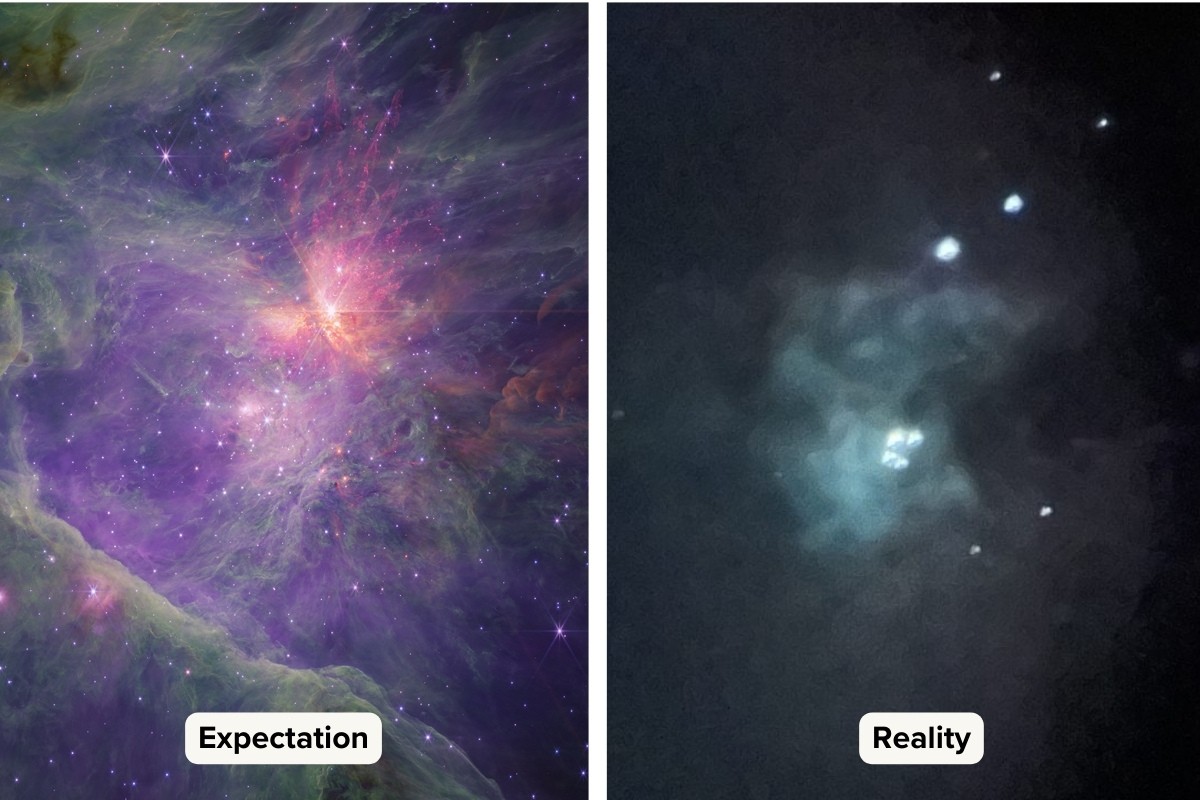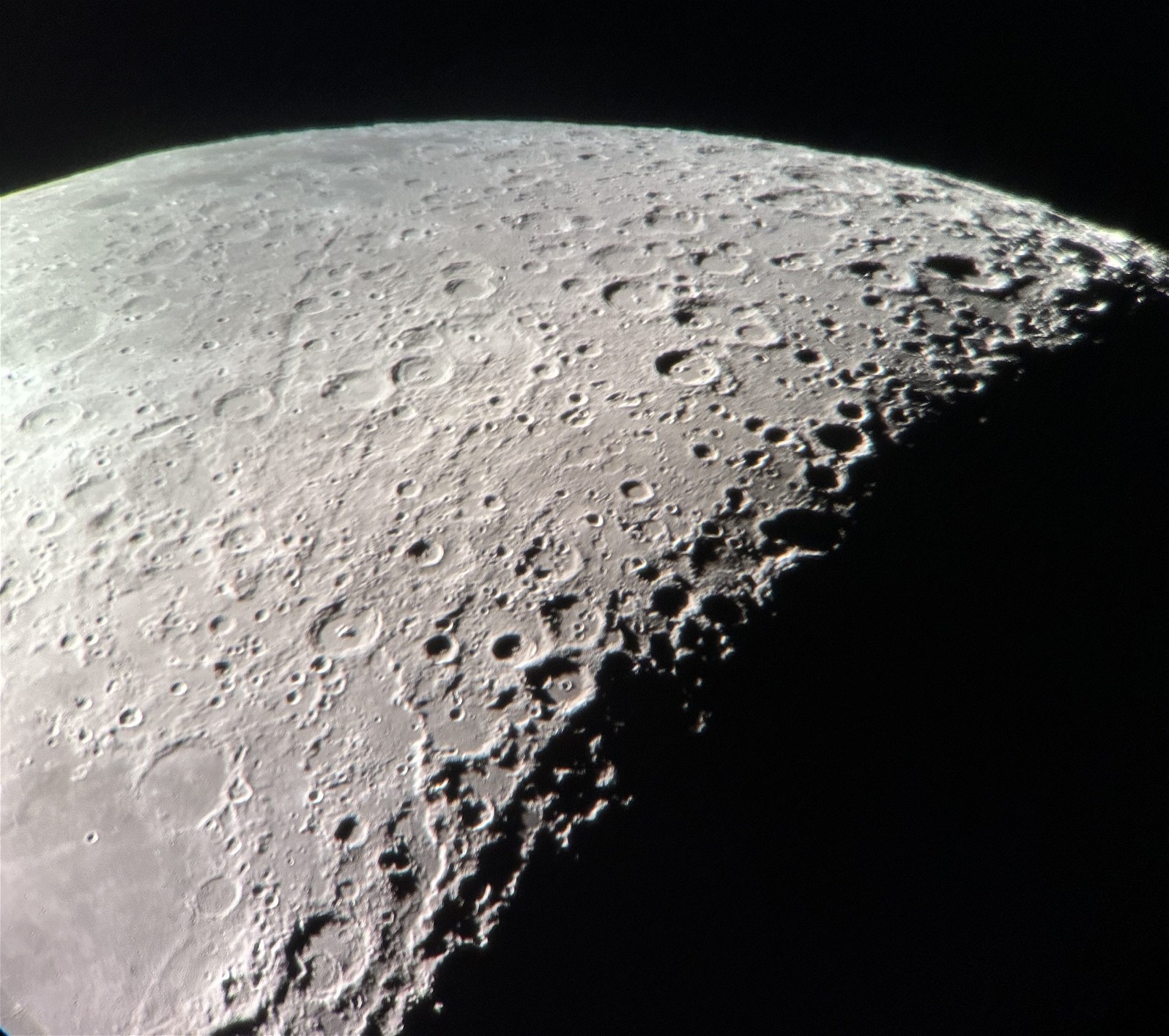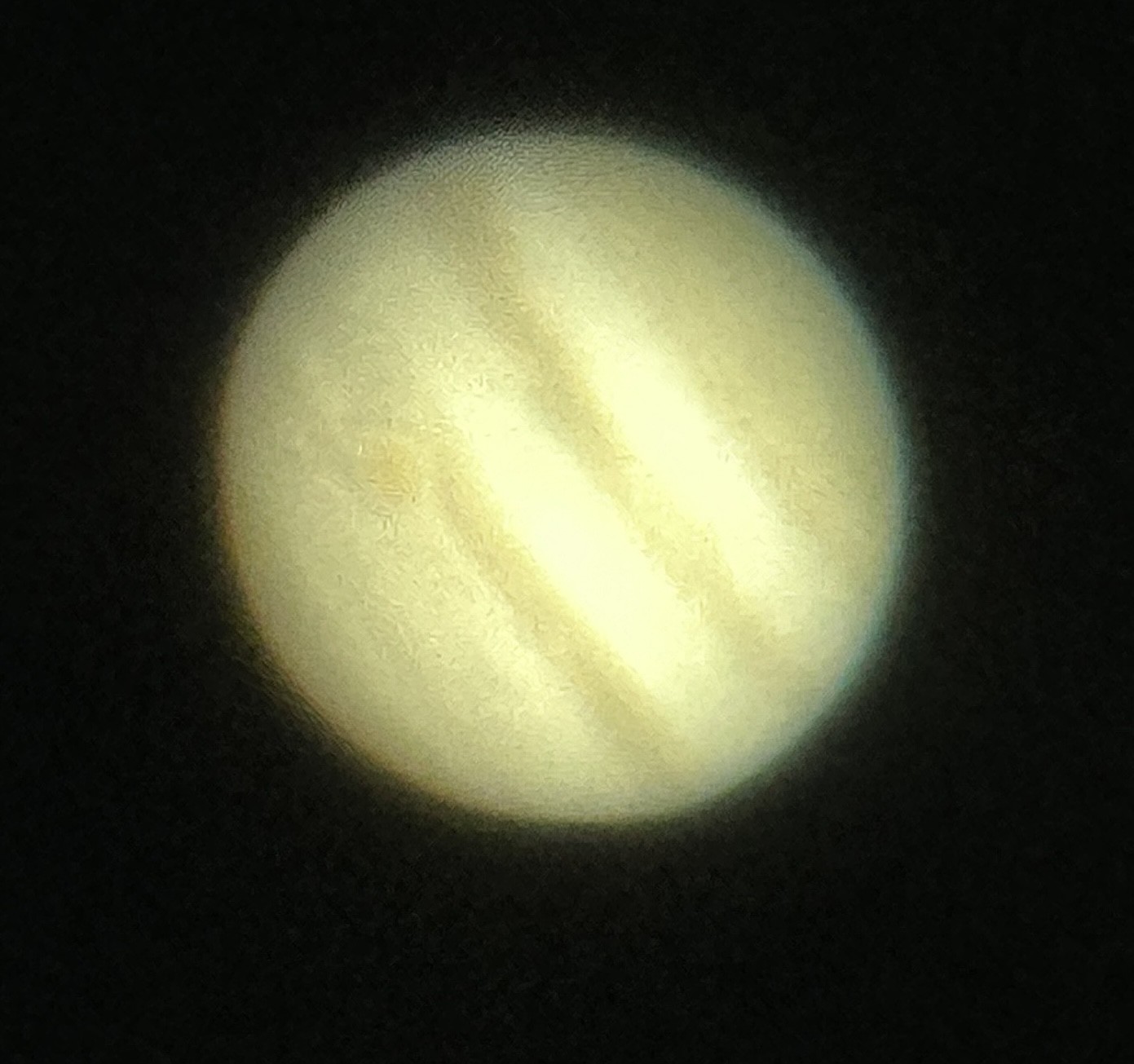Ironically, there are many people who expect far more out of a beginner telescope than can ever be possible and are thus disappointed even by good quality instruments. There are also those who blame themselves, their budget, or their ignorance for the failings of a low-quality telescope.
Main Culprit: Unreal Expectations Set By Deceptive Telescope Marketing
Pictures on the telescope box of bright and colorful nebulae and galaxies—often lifted directly from professional observatories or Hubble and James Webb Space Telescope archives—give a misleading impression of what you’ll actually see through any telescope. This is a typical marketing scam that I’ve noticed many telescope brands take advantage of.
Many of such telescopes often promise things like “600x magnification” or “seeing galaxies up close.” If you have no idea what “600x magnification” actually looks like or what “seeing galaxies up close” actually means, it might sound pretty awesome. This is all before we even examine the optical and mechanical flaws that plague many of these telescopes.
In either case, I’m here to temper your expectations for a bit.
Real and Unreal Expectations on Observing Galaxies and Nebulae
Extended objects or “faint fuzzies,” such as galaxies and large nebulae, are by far the most difficult class of objects in the sky to observe with any telescope/binoculars. Many people are extremely disappointed that the first time they view a galaxy through a telescope, it tends to be a gray blob.

Good skies, well-adapted eyes, and experience play as much of a role as the capabilities of your telescope itself when it comes to spotting detail in these objects as well as when observing almost anything through the eyepiece.
Through my $10,000, 24-inch aperture telescope, I can see the spiral arms of galaxies like they are in pictures if I drive for several hours to a dark sky location and then spend another hour or two letting my eyes and telescope acclimate. I realistically get views like that through a telescope—either my own or somebody else’s—maybe 6–8 times a year.
I can sometimes tell the Orion Nebula looks pinkish or reddish with at least a 20” telescope. But through smaller telescopes or under less-than-perfect conditions, it’s a pale green, blue-green, or simply wispy gray. Additionally, even relatively mild city light pollution washes away much of the detail in nebulae and galaxies and there is no way to really compensate other than by simply traveling far away to dark skies.
With time, you will be able to see quite a bit of detail in these objects, even if your telescope isn’t as big or the sky isn’t as good as you’d like it to be. However, you will never get color, high-definition views at a quick glance that look anything like a photo taken with many long hours of exposures and with post-processing filters or techniques applied. This isn’t to say photography is in some way superior; it’s just an apples-to-oranges comparison.
Though it’s not the same as a picture, it’s exciting to be able to resolve the wispy tendrils of nebulae or hints of a spiral structure or star-forming regions in nearby galaxies from your backyard in real time.
Why Buy a Scope at All if You Can Get Better Nebulea/Galaxy Photos Online?
Even if there’s not much to see at all of some distant nebulae, galaxies, etc. through your telescope besides a dim gray smudge, the light (photons) emitted from those objects has traveled for thousands or millions of years across space to hit your eyeball. This is not an experience you get from looking at Hubble Space Telescope photos on your phone or stacked images from a “smart telescope.”
When you look at the Orion Nebula, you are seeing photons that left 1200 years ago. When you look at the Andromeda Galaxy, which is relatively nearby in cosmic terms, you are seeing photons that left 2.5 million years ago, or around when our ancestors were first banging rocks together and beginning to walk upright. The light from more distant galaxies left when dinosaurs still roamed the Earth. The most distant quasar you can see with a 6” telescope on a clear night is over a billion light-years away, having departed when the most complex life on our planet was single-celled bacteria and some algae.
Seeing Expectations on Solar System, Star Clusters and Tiny Planetary Nebulea
There are also, of course, plenty of other spectacular sights to see in the sky besides galaxies and the larger and more well-known nebulae, such as open and globular star clusters, tiny planetary nebulae, double or multiple star systems, and of course, the objects in our own Solar System. While stars and clusters are still prone to being washed out by light pollution, they are far more resilient to its effects and can still look jaw-droppingly beautiful even from brightly lit suburbia or a park in a city.
With even a small 4” telescope from a city, you can view Jupiter’s Great Red Spot and a myriad of colorful open star clusters, resolve thousands of craters on the Moon, and peer at the star-forming inner regions of the vast Orion Nebula. A slightly larger telescope or better skies will allow you to see the complex dust lanes of the bright, nearby galaxies M82 and M64, too.



Under a dark sky with even a modest 8” or 10” telescope costing less than $1,000 USD, you may never actually run out of things to see.

I totally agree with these comments. I use a C14 to observe variable stars visually in UK and I regularly see stars of 15 magnitude or fainter. However, when it comes to the planets it is a completely different story. Very very occasionally I have seen stunning amounts of detail, but these nights are rare. I usually have difficulty in making out much detail. This is due to the quality of the seeing, which is probably the most important factor in determining what you can see. Most nights have poor seeing in the UK, so don’t expect to see much. I know that the fault is not in the telescope and I can image details on the Moon with diameters of 1km or less, and less than 0.4 arc seconds detail on Mars.
One important point that beginners often get wrong when observing visually is to use magnification that is too high. A low magnification image is far better than a big, fuzzy one, which will show no more detail. I find that x150 to x180 is plenty for the Moon and planets. On very rare occasions I can use x300, but x150 is usually better.
When looking at solar system objects the best seeing is when there is slight mist in the sky as it is very steady. Dark sparkly nights often have poor seeing.